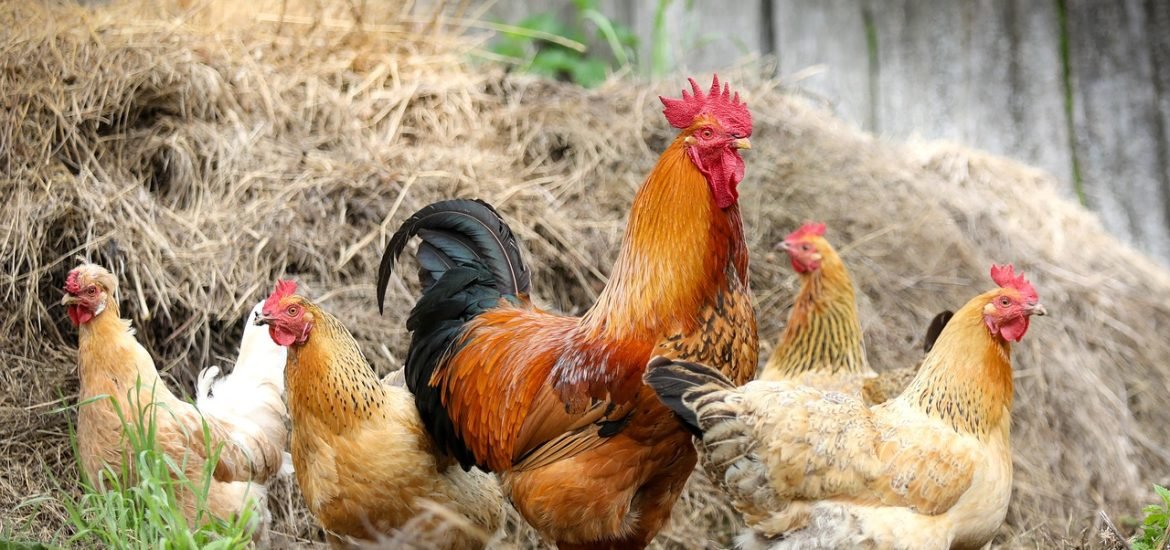
A subtype of the avian flu virus (which is endemic in poultry farms in China) is going through mutations that could increase the risk of the disease being passed to humans, according to a study published in the scientific journal Cell. Researchers from the University of Nottingham, UK, suggest that these results indicate a potential pandemic in the making and that further research is needed to monitor closely transmission between poultry and humans.
For this study, the team characterised a sample of the H3N8 avian influenza virus (AIV) from a human patient. Using mice and ferrets as test animals, the researchers found that the virus has undergone several changes, making it easier to cause infections and become more transmissible between animals.
The avian virus can cause respiratory distress and even be fatal in humans. At the moment, the virus is widespread in chicken flocks, but how it can be transmitted from animals to humans is poorly understood.
“We demonstrate that an avian H3N8 virus isolated from a patient with severe pneumonia replicated efficiently in human bronchial and lung epithelial cells was extremely harmful in its effects in laboratory mammalian hosts and could be passed on through respiratory droplets,” said Professor Kin-Chow Chang, at the University of Nottingham.
“Importantly, we discovered that the virus had acquired human receptor binding preference and amino acid substitution PB2-E627K, which are necessary for airborne transmission. Human populations, even when vaccinated against the human H3N2 virus, appear immunologically naïve to emerging mammalian adapted H3N8 AIVs and could be vulnerable to infection at an epidemic or pandemic proportion. Acid resistance of influenza virus is also an important barrier for avian influenza virus to overcome to acquire the adaptability and transmissibility in new mammals or humans. The current novel H3N8 virus has not acquired the acid resistance yet. So, we should pay attention to the change on acid resistance of the novel H3N8 virus.”
Sun H, Li H, Tong Q, Chang K et al (2023) Airborne transmission of human-isolated avian H3N8 influenza virus between ferrets. Cell, https://doi.org/10.1016/j.cell.2023.08.011